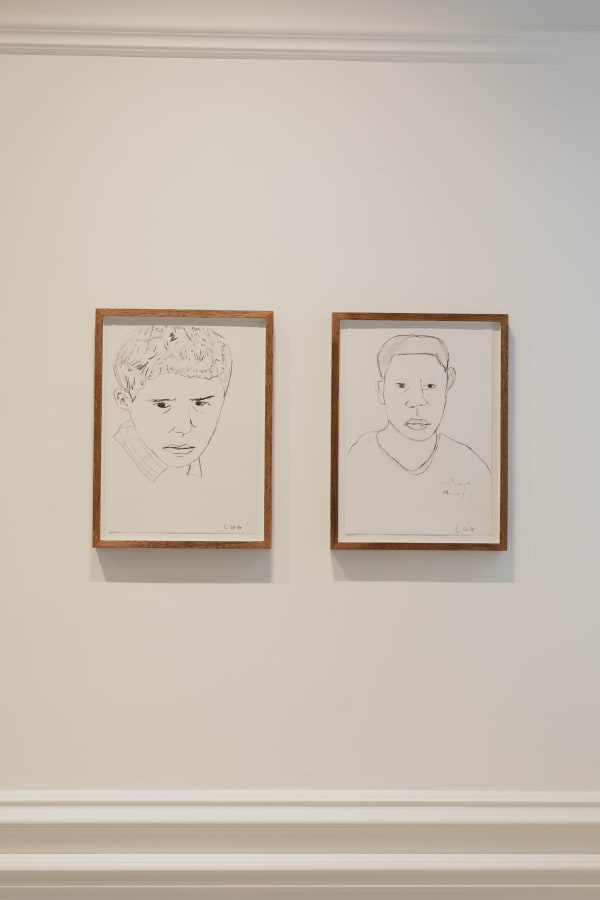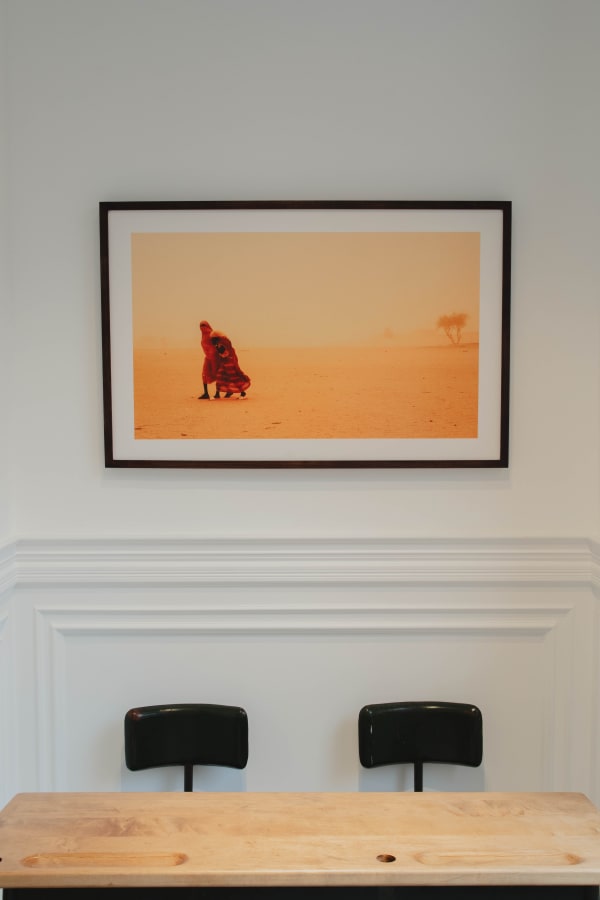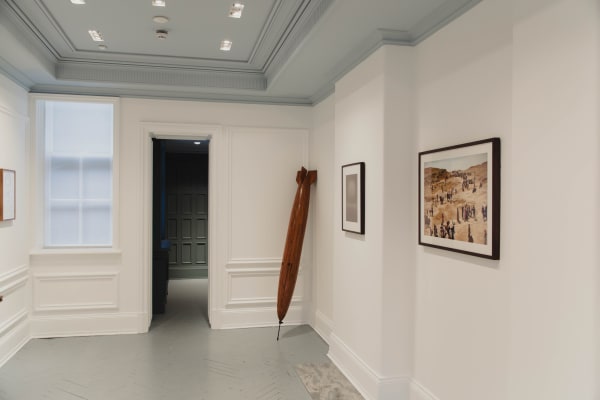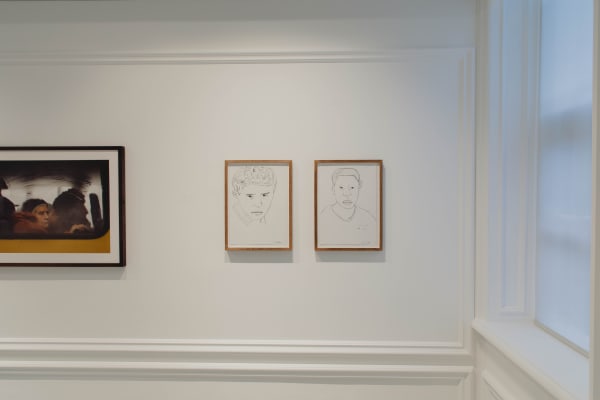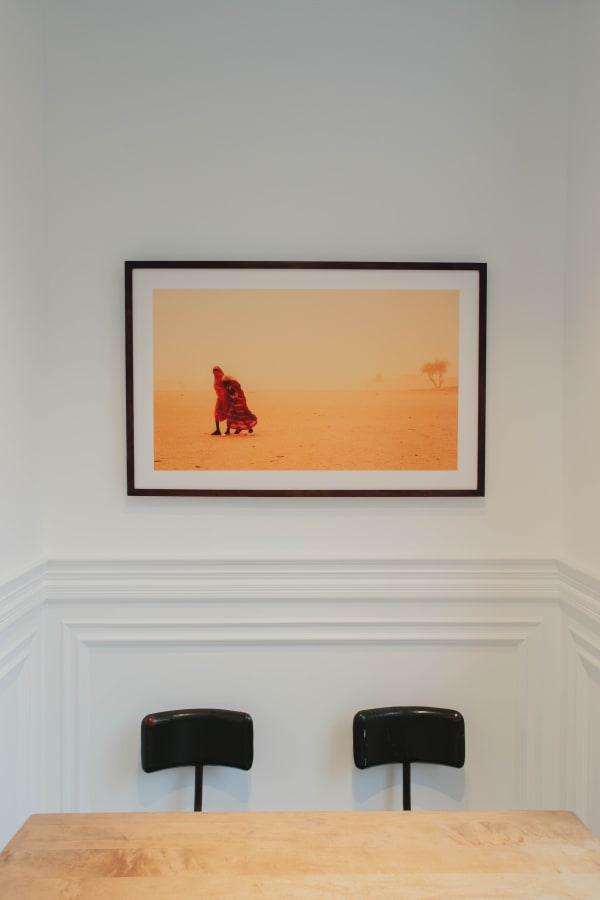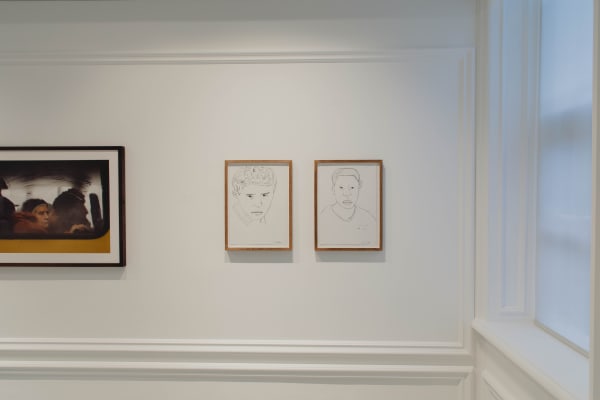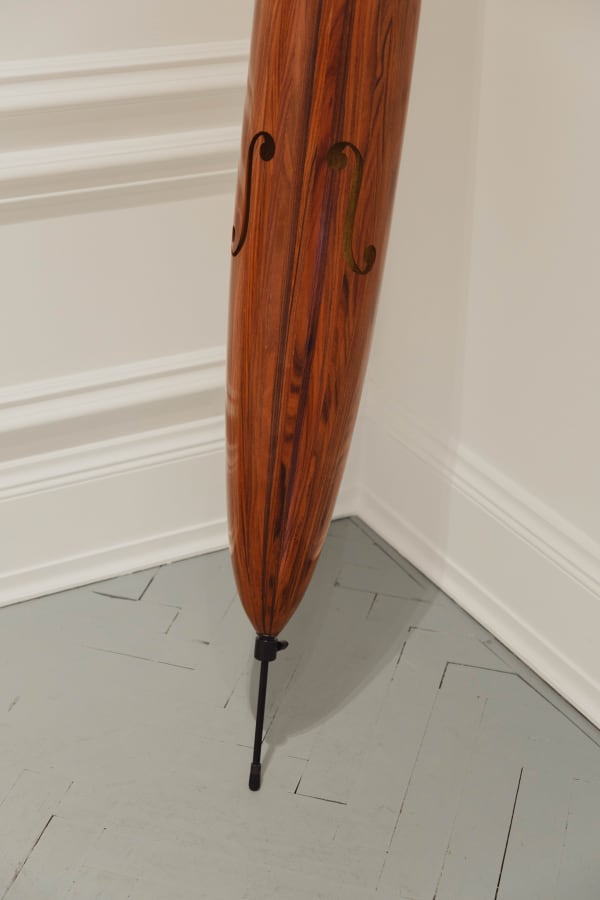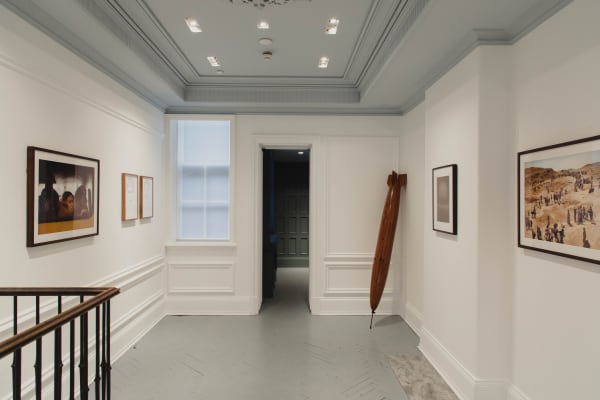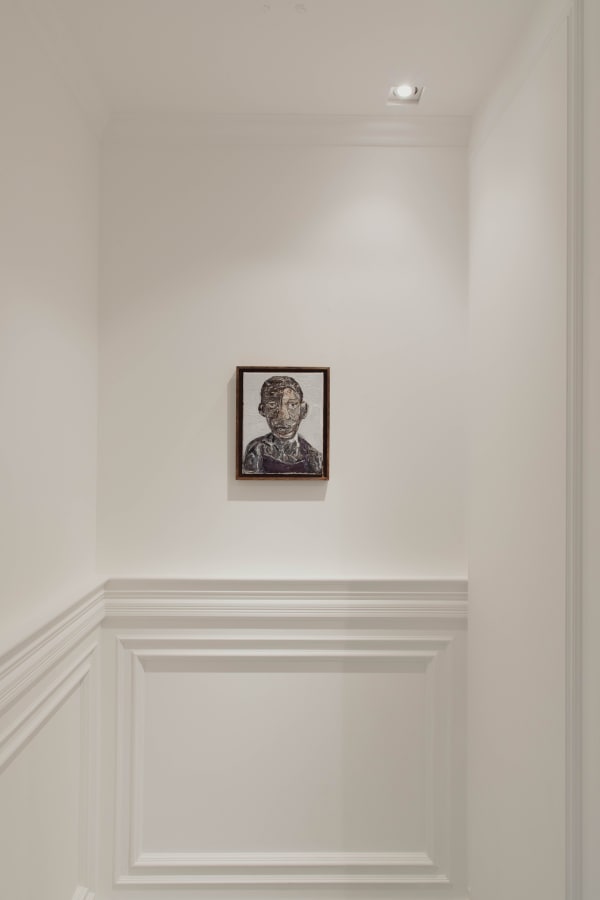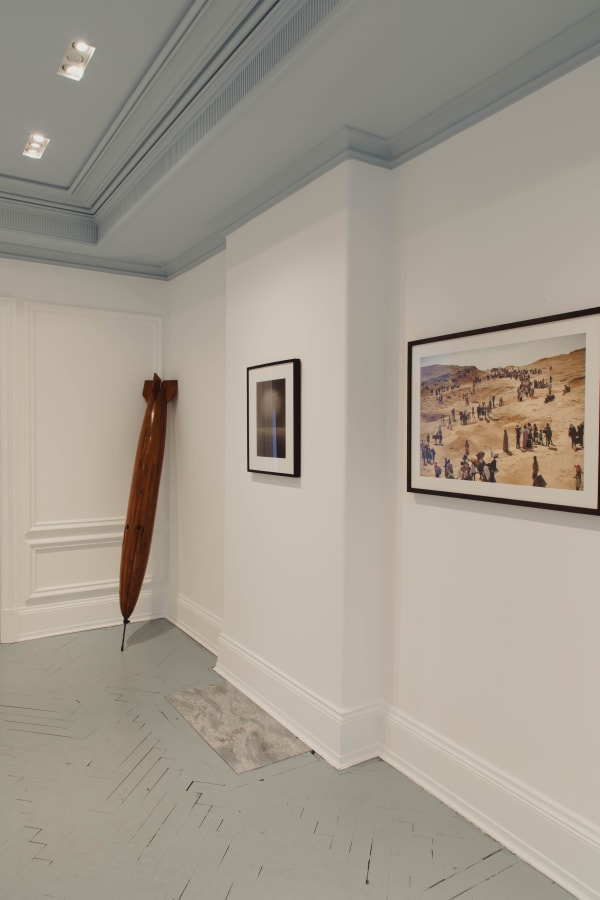Lines in the Sand
When we see images of borders today, we see images of human suffering: photographs in the news of people squeezed between pallets inside a truck or crowded on a wooden raft in the Mediterranean. Look, the photograph says, this is what it’s like, this is what borders do. Lines in the Sand is about capturing the impact of borders, featuring Lynsey Addario’s reportage photographs of migrants in motion, John Richard’s haunting images of the sea before dawn, Charlie Gosling’s portraits of refugees from all over the world, and Antrea Tzourovits’s sculpture depicting the nuanced manifestation of a memory of the ex-Yugloslavian war. Using a variety of lenses—from the personal, to journalistic, to artistic—this exhibition attempts to capture the ‘embodied experience of borders’, a phrase coined by anthropologist Shahram Khosravi who argues that borders are something people carry around with them, held within.
In Regarding the Pain of Others, Susan Sontag asks what it means to acknowledge human suffering in the form of art, specifically photography. She argues that even if photographs “cannot possibly encompass most of the reality to which they refer, they still perform a vital function. The images say: This is what human beings are capable of doing.” The works included in this show are an invitation to pay attention and to examine the rationalizations for mass suffering offered by border enforcement systems around the world.
Lynsey Addario’s photographs represent the paradigmatic images of borders today, depicting bodies on the move. Mostly taken on assignment for the New York Times and National Geographic, Addario’s images from Ukraine, Syria, Chad, and South Sudan capture the raw reality of the global refugee crisis on the ground. In contrast, John Richard’s most recent platinum palladium prints, depicting an often still sea before dawn, offers a poetic counterbalance to the directness of Addario’s photographs. As an unprecedented number of displaced persons seeking refuge risk their lives by crossing the sea, it has become both a border and a mass grave for thousands of individuals each year. As A.A. Gill writes his book, Lines in the Sand, “You wouldn't know it had claimed so many hopeful, thrashing, gasping lives, but that's the thing with the sea, it never looks guilty.”
A migrant who crosses a border seeking protection in a nation-state enters a space of lawlessness. This is the main feature of contemporary border politics. It exposes the border transgressors to death and strips them of their social and political agency. Images of humans at the border, and migrants more generally, often depict a depoliticised body, personifying, in Giogio Agamben’s words, “bare life.” This differs from the politicised form of life represented in the notion of citizenship. Nowadays, it is the refugee and asylum seeker who primarily instantiates “bare life,” life that is excluded from juridical law and stands outside the polis.
Art can provide a way of challenging this notion of “bare life,” providing nuance and depth to a group of people often seen as statistics. Charlie Gosling’s portraits of refugees from around the world ask us to consider the faces of individuals who are often portrayed as depoliticised bodies en masse. Revealing the way a single line captures the arched curve of a nostril, or the delicate wrinkles that fold like fabric across a woman’s skin, Gosling’s portraits recognise the particular and peculiar of the individual.
Finally, the sculptural work of Antrea Tzourovits echoes his own lived experience as an eleven-year-old refugee fleeing his homeland to Athens. The single sculpture combines aspects of play and conflict that characterize his work. A missile, meticulously hand-crafted like a cello, is positioned at a slight angle above the ground. F-holes evoke the sculpture’s sounding potential, yet it is silent, as if frozen in the moment before impact.
As you read this, people are dying attempting to cross our increasingly securitized borders, from the Sonoran Desert in Arizona to the depth of the Mediterranean Sea. In holding facilities around the world, migrants are committing acts of self-mutilation. In the world’s wealthiest nations, fathers are being deported and separated from their children. To set aside the sympathy we extend to others for a “consideration of how our privileges are located on the same map as their suffering” (Sontag) is a task for which this exhibition hopes to provide an initial spark.

